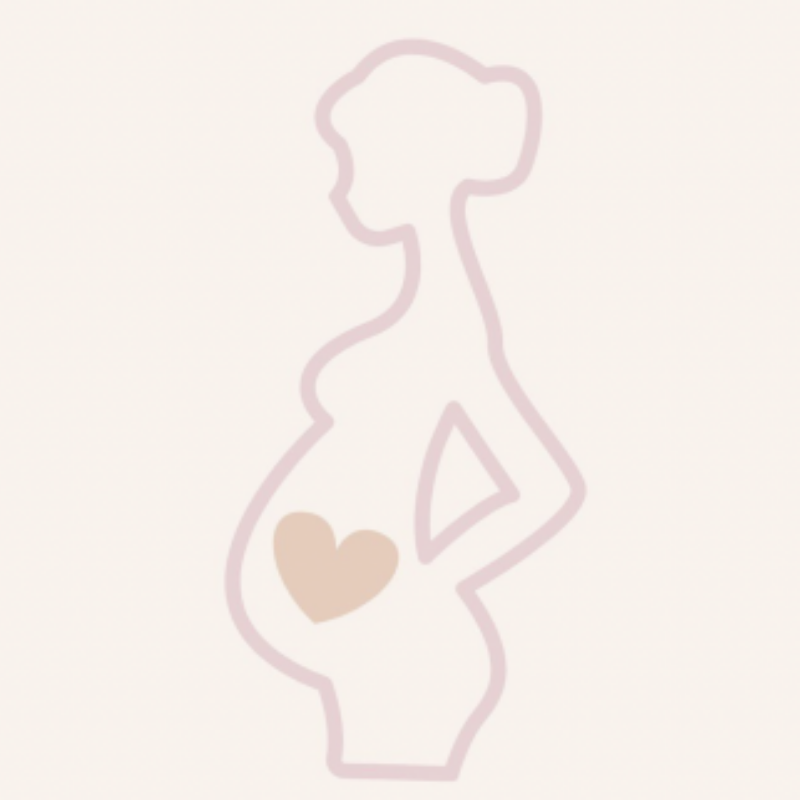Facts About Breastfeeding

Good to Know About Breastfeeding
Breastfeeding your child is a great way to provide your child with nutrition. The milk produced in the mother's breasts contains everything the baby needs. For some, breastfeeding starts quickly and works flawlessly, while others face greater challenges. It can take time to get breastfeeding going, and that's perfectly normal. If you want support and tips, you can contact your child health center (BVC), a midwife clinic, or a breastfeeding clinic. In the first week, it's also okay to talk to the maternity ward for some extra support on how to breastfeed.
How to Start Breastfeeding?
How to start breastfeeding is something many new mothers wonder about. Many find breastfeeding difficult, especially in the beginning right after giving birth. It can be tough to get the right feeling, routine, and technique, and it can feel very challenging. The most important thing is not to blame yourself but to seek help if you feel you're not getting it right. You also don't need to stress about breastfeeding not working; on average, it takes about a month for the routine to settle and milk production to be fully established.
Common Questions About Breastfeeding
There are many questions to ask about breastfeeding, but common questions include whether it hurts, how often you should breastfeed, what to do if the baby doesn't want to take the breast, and what happens if you get milk stasis.
-
Does it hurt to breastfeed?
– If it hurts when breastfeeding, it's a sign that something isn't quite right. It could be that your baby isn't positioned correctly or that the baby isn't sucking properly. Don't hesitate to ask for help from the staff at the maternity ward so you don't have to be in unnecessary pain. -
Why do you get sore nipples from breastfeeding?
– When the baby breastfeeds a lot, it dries out the nipple. The baby also doesn't have much control over how hard it sucks or "bites," so it's easy to get sore nipples from breastfeeding. The sores usually appear during the first few days and can then be difficult to get rid of. One tip for dealing with sore nipples is to use a good moisturizing cream for sore nipples, such as our own nipple cream. -
How often should you breastfeed?
– It's very different how often you should breastfeed your baby. Some babies are more alert than others and want to breastfeed often and for long periods, while others are more tired and prefer shorter nursing sessions. The best thing you can do is breastfeed when the baby wants to be fed and let it nurse for as long as it wants. After a while, the breasts usually adjust to produce the right amount of breast milk. -
What is milk stasis?
– Symptoms of milk stasis include feeling a small lump under the skin, pain during breastfeeding, sores or cracks on the nipple, or the nipple looking a bit pinched or crooked after breastfeeding. You can often resolve milk stasis yourself, but if nothing helps, you need to seek medical care. Good tips for relieving milk stasis include hand expressing some milk before breastfeeding to soften the areola or warming the breasts with, for example, a warm shower.
How to Breastfeed?
To make breastfeeding easier, you should sit or lie as comfortably as possible and make sure you have everything you need nearby. Take your time and focus on yourself and your baby. Skin-to-skin contact with the baby is always cozy, but it's also a good trick to make the baby feel calm and comfortable.
Here's How to Breastfeed:
- The baby needs to have a wide latch to get a good grip on the nipple. The tip of the nipple should lie as far back as possible in the soft part of the baby's palate. If the nipple isn't positioned correctly, it's easier to get chafing and sores on the nipple.
- The baby's tongue should lie over the lower gum line and out to the lower lip. It's with the help of the tongue that the baby presses the milk out of the breast.
- When the baby is breastfeeding correctly, the cheeks are round, and the baby works with the whole jaw. You can both see and feel the temples move on the baby when it eats.
- A tip for starting the baby's sucking reflex is to gently stroke the nipple over the baby's upper lip. The baby will usually open its mouth, and the tongue will stretch out, making it easier for you to give the baby a wide latch on the entire areola.
How to Know if You're Breastfeeding Correctly?
After breastfeeding, you can look at your nipple. If it has a round shape and looks about the same as usual, the baby had a good latch. If the nipple is crooked or has an uneven shape, you may need to review your technique or ask for extra breastfeeding support.
What to Do if Breastfeeding Doesn't Start?
It's important to be aware that it can take time for breastfeeding to start. Be patient and try not to get stressed, as this can make it take even longer for milk production to begin. If there's a long time between breastfeeding sessions or it takes time before you start breastfeeding your baby, it's important to express milk from your breasts at regular intervals so that milk production doesn't stop. One way to express milk is by using a simple breast pump or by doing it by hand.
Sources: babyhjalp.se and 1177
- Tags: Amning Postpartum

